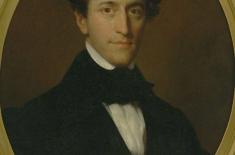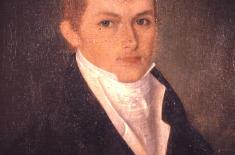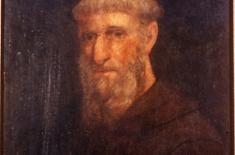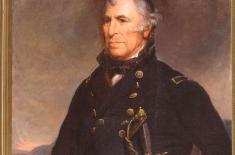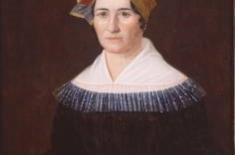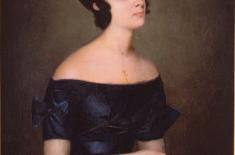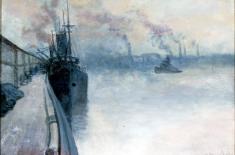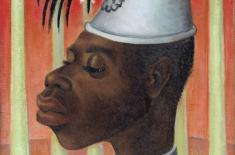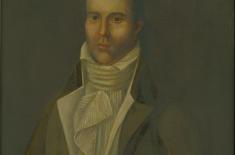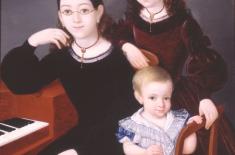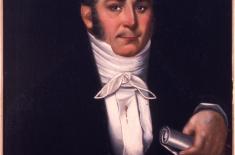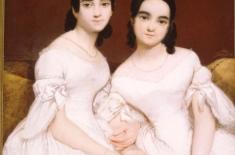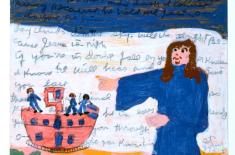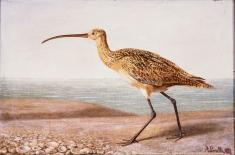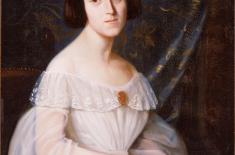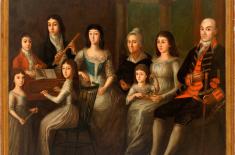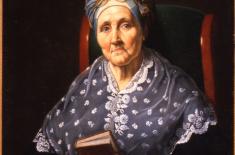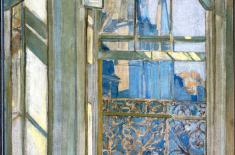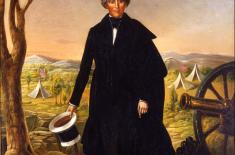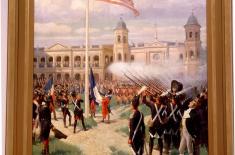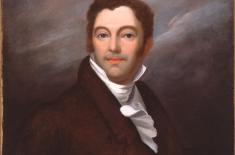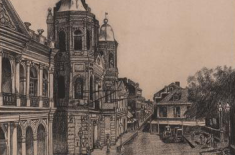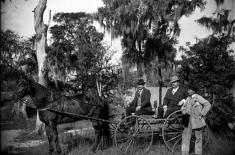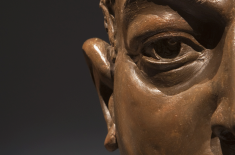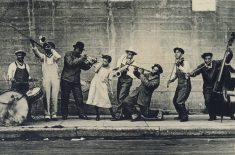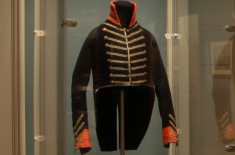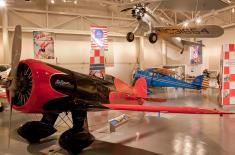Paintings in the Visual Arts Collection
The visual arts collection at the Louisiana State Museum contains over 2,000 paintings.
Portraiture dominated painting in Louisiana from the 1770s through the early twentieth century. In the earliest years, José Francisco Xavier de Salazar y Mendoza introduced a Spanish Colonial style that remained popular for the next fifty years.
After about 1820, a major influx of artists from the Northern states and Europe made Louisiana the art center of the American South. Important visitors included Louis-Antoine Collas, Antonio Meucci, Jean Joseph Vaudechamp, Matthew Harris Jouett, John Wesley Jarvis, Edmund Brewster, G.P.A. Healy, and John Vanderlyn. European artists François Fleischbein, George David Coulon, Jacques Amans, and Louis Nicholas Adolphe Rinck settled in the city during mid-career. Born in 1811, portraitist Julien Hudson, a free man of color, was among the earliest native-born artists.
Following the Civil War, a Louisiana landscape became a popular subject, led by painter Richard Clague. Early twentieth-century artists such as William Woodward and Wayman Adams embraced Impressionism. At mid-century artists such as Clarence Millet, William Spratling, John McCrady, and Caroline Durieux created paintings that addressed social issues.
The collection also includes a large number of paintings categorized often described as folk, outsider, or visionary art. During the nineteenth century, itinerant painters such as Mr. Feuille worked in a plain painting style, characterized by emphasis on pattern and detail. In the mid-twentieth century, self-trained visionary artists such as Clementine Hunter, Sister Gertrude Morgan, and David Bulter came to national attention.

Antonio and Nina Meucci
Italian, fl. 1818–1834, and Spanish, fl. 1818–ca. 1830 (respectively)
